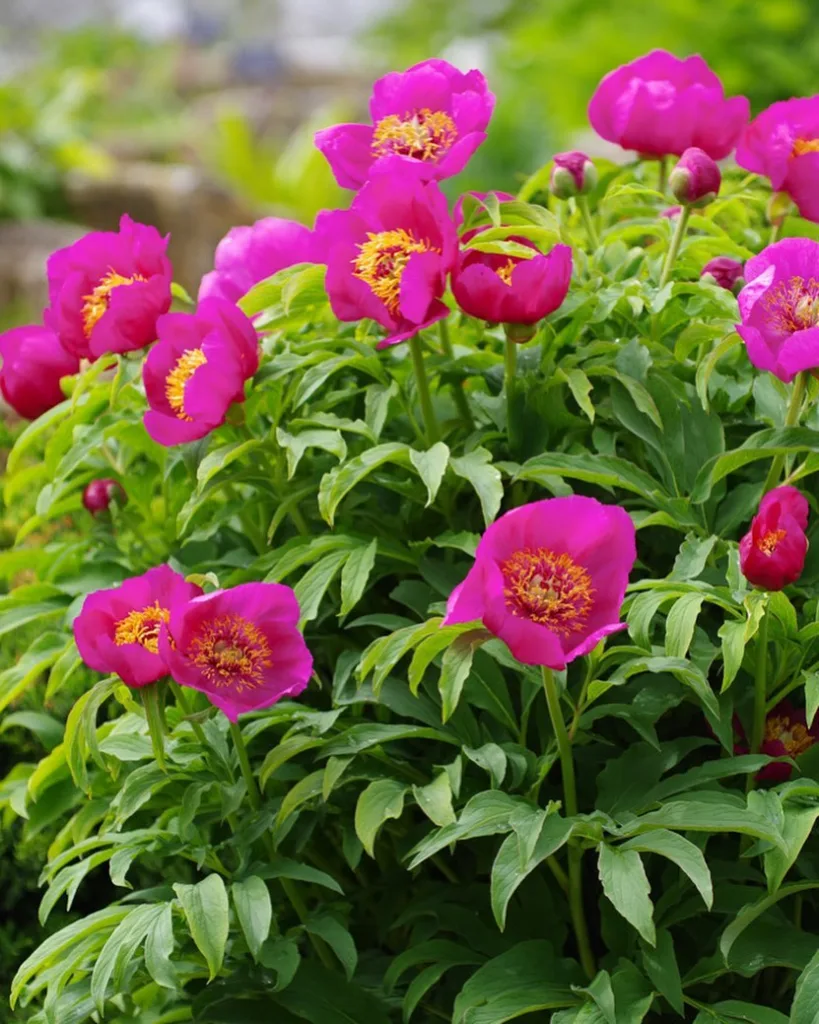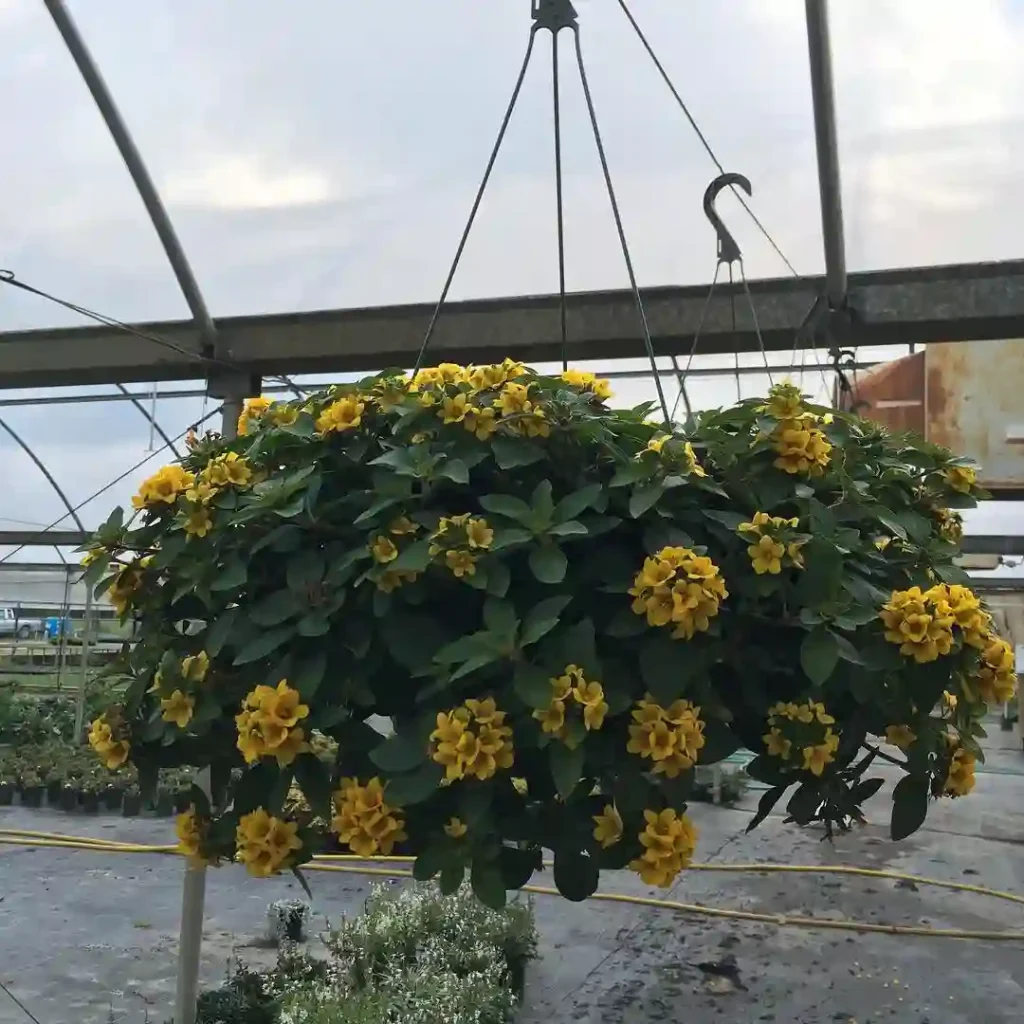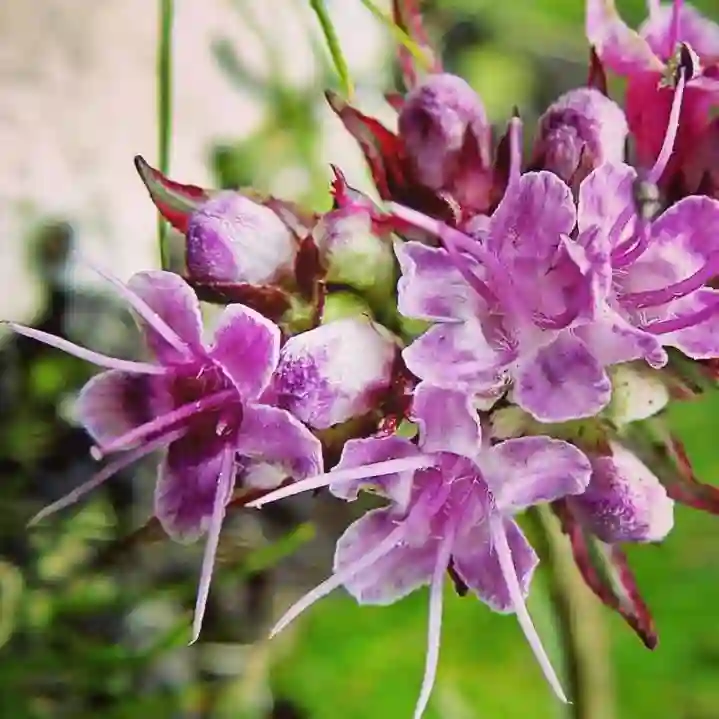
July 18 – Cotinus
"Cotinus, the smoke tree, represents July 18."
Cotinus symbolizes mystery and transformation. You are enigmatic and constantly evolving, surprising those around you. Like its wispy foliage, you create an air of intrigue and allure.
The Smoketree’s Allure: A Personal Exploration of the Cotinus Genus
As a lifelong admirer of the natural world, I, Ferb Vu, am continually captivated by the sheer diversity and beauty present in the plant kingdom. One genus that has particularly piqued my interest is Cotinus, more commonly known as the smoketree or smoke bush. This fascinating group of plants, belonging to the Anacardiaceae family (which also includes cashews and mangoes), is renowned for its unique aesthetic appeal, particularly during the fruiting season when airy, plume-like panicles give the shrubs a distinctive smoky appearance.
Unraveling the Smoketree’s Charm
What truly draws me to Cotinus is the remarkable visual impact it offers. The foliage itself is striking, often showcasing vibrant hues of purple, green, or even fiery orange and red, especially in autumn. However, the real spectacle begins when the plants transition into their fruiting phase. Delicate hairs attached to the elongated stalks of the infructescences create a hazy, smoke-like effect that envelops the shrub, transforming it into an ethereal cloud of color. This otherworldly appearance is not only visually arresting but also evokes a sense of mystery and wonder.
Beyond its ornamental value, Cotinus has a rich history of practical uses. The leaves and wood of certain species, particularly Cotinus coggygria, have been traditionally employed in the production of dyes and tannins. These natural extracts were used to color fabrics and leather, showcasing the versatility of this remarkable plant.
A Diverse Genus: Exploring the Species
The Cotinus genus comprises several species, each possessing its own unique characteristics and charm. Here are:
- Cotinus coggygria: Native to Eurasia, this species is the most widely cultivated and arguably the most recognizable. It exhibits a wide range of cultivars, offering diverse foliage colors and growth habits. ‘Royal Purple’ is a popular choice, boasting deep purple leaves and a compact form. Plant FAQs: Smoke Tree – Cotinus Coggygria
- Cotinus obovatus: Also known as the American smoketree, this species is indigenous to the southeastern United States. It typically grows larger than C. coggygria and features stunning autumn foliage in shades of scarlet and orange. Plant FAQs: Cotinus Obovatus – American Smoke Tree
- Cotinus carranzae: This Mexican species is less common in cultivation but offers a unique appeal with its bluish-green leaves and compact growth habit.
- Cotinus chiangii (D.A.Young) Rzed. & Calderón
- Cotinus kanaka (R.N.De) D.Chandra
- Cotinus nanus W.W.Sm.
- Cotinus szechuanensis Pénzes
While these are some of the most prominent species, ongoing research suggests that the Cotinus genus might be more diverse than previously thought, with new species potentially awaiting discovery. This element of the unknown further fuels my fascination with this captivating genus.
Cultivating and Caring for Cotinus
One of the aspects that makes Cotinus so appealing to gardeners is its relative ease of cultivation. These resilient shrubs can thrive in a variety of conditions, tolerating full sun to partial shade and well-drained soil. While they appreciate regular watering, especially during establishment, they are generally drought-tolerant once mature.
Pruning is another crucial aspect of Cotinus care. Regular pruning, particularly in late winter or early spring, helps maintain the desired shape and encourages vigorous growth. Whether you prefer a compact shrub or a more tree-like form, judicious pruning can help you achieve your desired aesthetic.
The Allure of Cotinus: A Personal Reflection
My fascination with Cotinus stems not only from its aesthetic appeal but also from its ability to evoke a sense of wonder and connection to the natural world. The ethereal beauty of its smoke-like plumes, the vibrant colors of its foliage, and the rich history of its practical uses all contribute to its allure.
As I continue to explore the world of plants, I am certain that Cotinus will remain a cherished favorite. Its unique charm and adaptability make it a welcome addition to any garden, offering a touch of magic and intrigue to the landscape.
If i die, water my plants!



